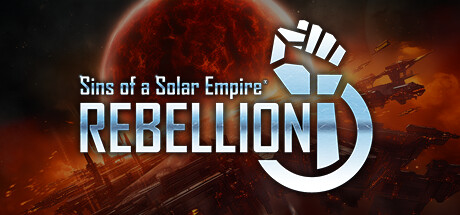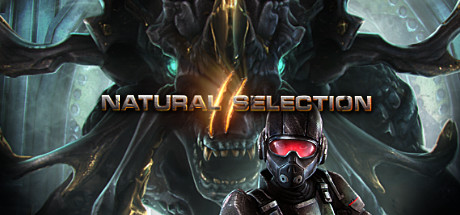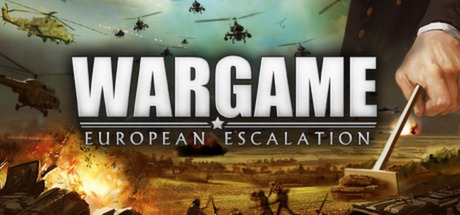Playtime:
1441 minutes
Sins of a Solar Empire: Rebellion, developed by Ironclad Games and published by Stardock, is a real-time strategy (RTS) and 4X hybrid that has managed to maintain a loyal following since its release in 2012. As a standalone expansion to the original Sins of a Solar Empire, Rebellion refined and expanded upon an already ambitious formula, successfully blending the scale of grand strategy with the tactical demands of real-time gameplay. While many strategy games struggle to merge these two genres without sacrificing depth or pacing, Rebellion strikes a remarkable balance, offering large-scale interstellar warfare without turn-based pauses or micromanagement overload.
At its core, Rebellion retains the series’ signature gameplay loop: exploration, expansion, exploitation, and extermination—commonly known as 4X—while maintaining a fluid, real-time structure. Players choose from three primary factions (TEC, Advent, and Vasari), each of which is further split into Loyalist and Rebel sub-factions in Rebellion, adding new strategic variety and asymmetry. These sub-factions aren't just cosmetic—they offer distinct playstyles, technologies, and unique late-game ships that deepen faction identity. For instance, the TEC Loyalists are defense-oriented and excel at turtling, while the Rebels are more aggressive and economically versatile. This factional distinction adds significant replayability and encourages experimentation with different strategies across matches.
The real-time nature of Rebellion means players must manage multiple fronts simultaneously—developing economies, colonizing planets, researching technologies, constructing fleets, and engaging in large-scale battles—all without the luxury of a turn-based system to pause and ponder. However, the pacing is cleverly designed, with time acceleration options and a scalable UI that makes navigating the game’s complex systems surprisingly intuitive. Battles unfold in orbit around planets and asteroid fields, with hundreds of ships potentially on-screen at once, yet the game engine handles it all with impressive stability and performance, even on large maps. The ability to zoom seamlessly from a galaxy-level view down to individual frigates gives a sense of grandeur that few strategy games can replicate.
Visually, Rebellion may show its age in some respects, but it still holds up well thanks to its crisp ship designs, colorful effects, and clean UI. The art style strikes a good balance between functional clarity and sci-fi aesthetics, allowing players to distinguish ship classes and battle conditions at a glance. Audio design is equally solid, with an appropriately grand orchestral score and distinct unit voice lines that give life to each faction. Explosions, weapon effects, and ambient space noise add weight and energy to battles without overwhelming the player’s senses. Though it lacks the graphical finesse of more modern titles, its minimalist yet effective presentation enhances usability in long, complex matches.
Diplomacy and alliances play a unique role in Rebellion, particularly in multiplayer and larger skirmishes. AI factions can propose missions, form temporary alliances, and turn on you if you grow too powerful, creating a dynamic web of shifting loyalties. While the diplomacy system doesn’t reach the intricacy of something like Stellaris or Endless Space, it introduces enough unpredictability to prevent matches from becoming stale. This is further supported by the game's random map generation and modding community, which has kept the game alive with custom scenarios, balance changes, and even total conversions that introduce entirely new universes, such as Star Wars or Halo.
One of Rebellion's most defining features is the introduction of titans—massive, game-changing capital ships that serve as the centerpiece of late-game strategies. Each faction’s titan has unique abilities and functions, whether it’s crowd control, sheer firepower, or fleet support. While powerful, they’re not invincible, and bringing one into play too early or without proper support can be a costly mistake. Their inclusion adds an epic layer to endgame conflicts and forces players to weigh investment risk against potential reward. Capital ships in general have persistent leveling systems, gaining experience and unlocking abilities as battles progress, which adds a touch of RPG mechanics to fleet development.
Despite its strengths, Rebellion is not without limitations. The single-player campaign is essentially non-existent, with most of the experience centered around skirmish matches against AI or other players. For narrative-driven players, this might feel like a missed opportunity, especially given the rich lore hinted at through faction backstories and flavor text. Additionally, while the AI is competent and can provide a solid challenge on higher difficulties, it lacks the adaptability and creativity of human opponents, making multiplayer the ideal way to experience the game’s full potential.
In conclusion, Sins of a Solar Empire: Rebellion remains a high watermark in the RTS/4X hybrid genre, offering immense strategic depth, a vast and well-balanced faction system, and seamless real-time mechanics that encourage long-term planning and tactical execution. Its ability to support both casual skirmishes and hours-long multiplayer showdowns makes it a uniquely versatile game that continues to hold relevance more than a decade after its release. For players who crave galactic conquest without sacrificing moment-to-moment control, Rebellion offers a deeply satisfying and endlessly replayable experience that few strategy games can match.
Rating: 9/10
👍 : 2 |
😃 : 0









